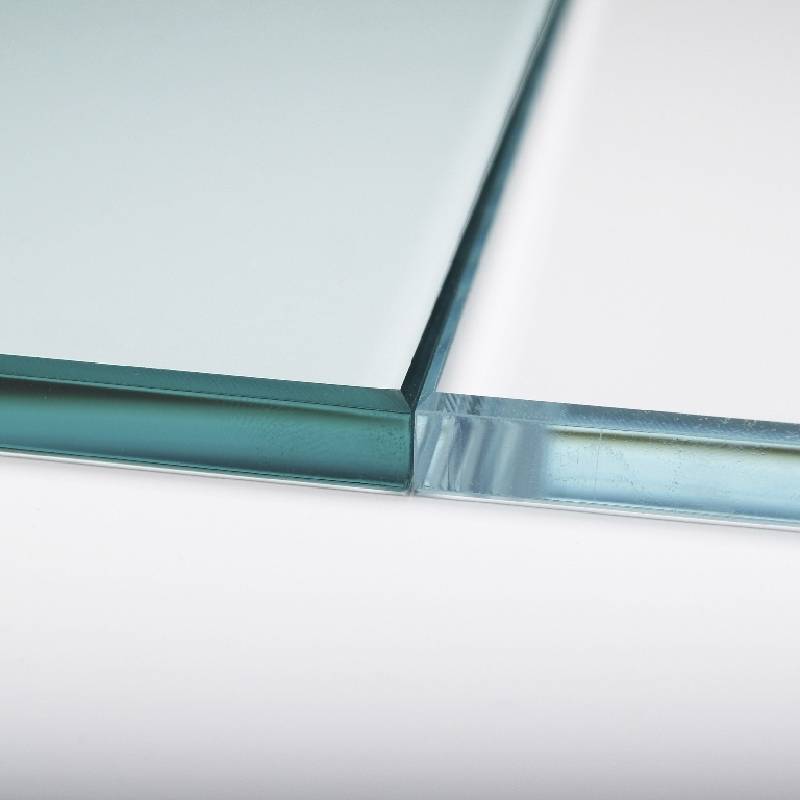

The Allure of One-Way Mirror Glass A Reflective Exploration
One-way mirror glass, often referred to as two-way mirror or observation glass, has intrigued architects, designers, and psychologists alike for decades. This multifaceted material serves as both a functional element and a symbol, blurring the lines between visibility and invisibility, privacy and exposure. The unique properties of one-way mirror glass, which allow light to pass through in one direction while reflecting it in another, open a myriad of applications in various fields, from surveillance to architecture.
The Science Behind One-Way Mirror Glass
At its core, one-way mirror glass is the result of a carefully engineered balance between light and surface treatment. The glass is coated with a thin layer of metal, usually aluminum, which gives it reflective qualities on one side. When light conditions favor one side—typically when it is brightly lit—the glass appears opaque, preventing those on that side from seeing through. However, from the darker side, the glass remains transparent, allowing observation without detection. This fascinating interplay of light and reflection has made one-way mirror glass a staple in environments where discretion is important.
Uses in Modern Architecture
In contemporary architecture, one-way mirror glass is often employed to create visually appealing spaces while maintaining a level of privacy. It is commonly used in office buildings, conference rooms, and even residential homes. For example, a corporate office might use this material in conference rooms to provide an unobtrusive observation area for stakeholders or executives to monitor discussions without interrupting the flow of conversation. In residential settings, one-way mirrors can be used in bathrooms or outdoor-facing walls, offering occupants a secure glimpse of the outside world while keeping prying eyes at bay.
Moreover, one-way mirror glass can enhance energy efficiency. By reflecting sunlight during hotter days, it aids in controlling indoor temperatures, thereby reducing reliance on air conditioning systems. This practical application not only saves energy but also contributes to sustainable building practices.

Psychological Implications
Beyond its architectural applications, one-way mirror glass plays a significant role in the field of psychology. Its use in observational studies allows researchers to collect data on human behavior without influencing it. In settings like interrogation rooms, psychologists can study reactions and behaviors under various scenarios, enabling more profound insights into the human psyche. The mere presence of the mirror can evoke feelings of discomfort or scrutiny, prompting individuals to behave differently, thus providing valuable data for psychological studies.
The concept of “being watched” becomes a powerful tool in psychological experiments, leading to observations on performance, compliance, and even anxiety. This notion is intricately tied to the ‘Panopticon’ effect, where individuals alter their behavior based on the belief that they are being observed, highlighting the powerful dynamics between surveillance and individual autonomy.
Ethical Considerations
However, the use of one-way mirror glass raises ethical questions. The ability to observe without being seen can lead to significant invasions of privacy. This potential for misuse in surveillance—whether in public spaces or within personal realms—demands a careful consideration of moral boundaries. Legislation and ethical guidelines are crucial in ensuring that the benefits of one-way mirror glass do not infringe upon personal rights and freedoms.
Conclusion
One-way mirror glass stands as a testament to the blend of science, art, and ethics. Its dual nature serves a multitude of purposes—from enhancing architectural aesthetics and functionality to facilitating critical psychological research. Yet, as with many powerful tools, its use comes with responsibilities and ethical dilemmas that must be navigated thoughtfully. As we continue to explore the possibilities of this remarkable material, it serves as a reminder of the delicate balance between visibility and invisibility, observation and privacy, ultimately reflecting the complexities of human interaction in a modern world.